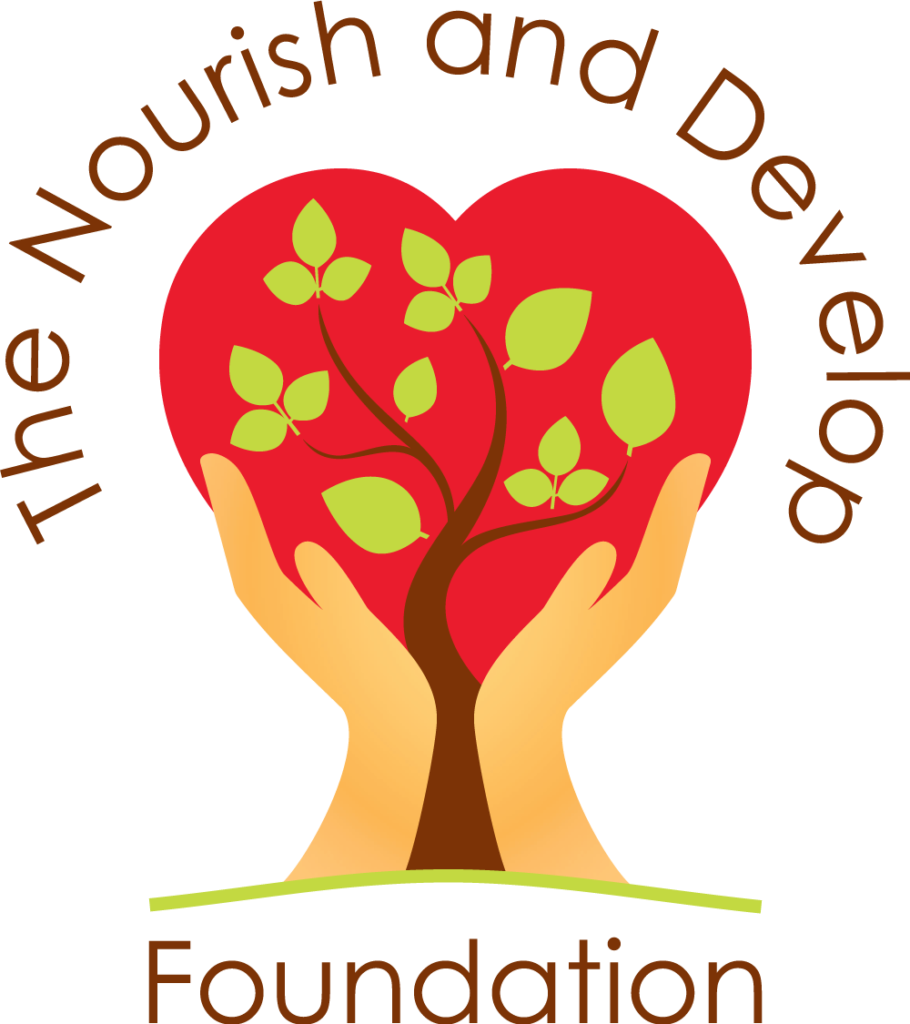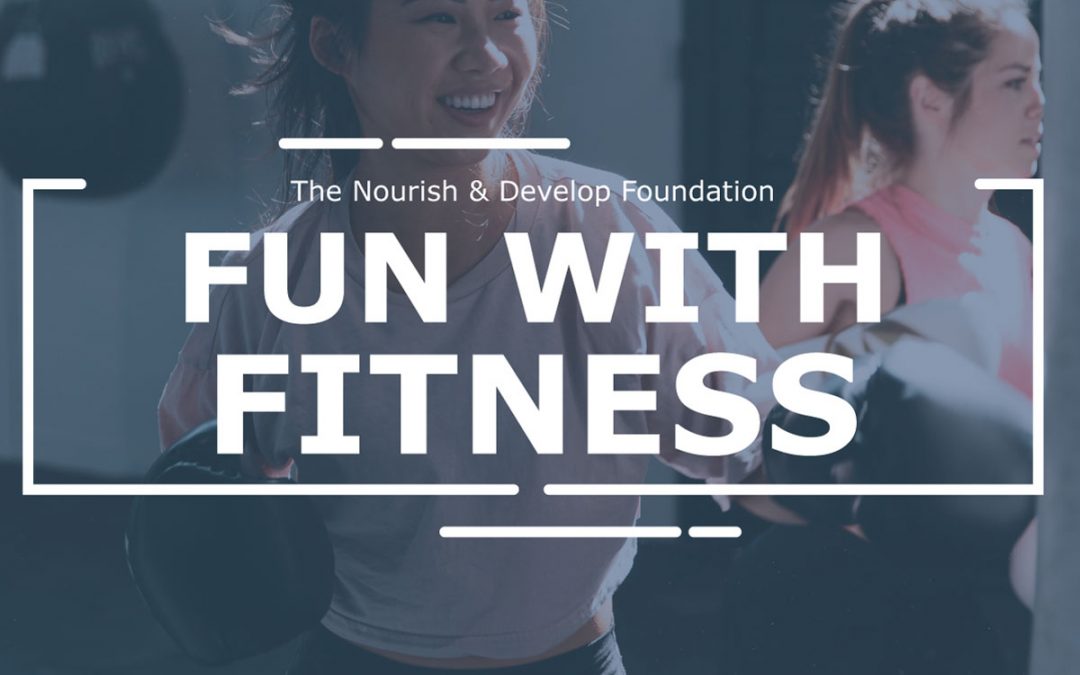It appears as though winter is on its last legs and spring is on the horizon!
For many, this is exciting, but from a weather perspective, it tends to be slushy and mucky. Understandably, this can deter some people from spending time outside. However, that does not mean physical activity is out of the question. Moving our bodies is essential to good mental health. It provides us with the fuel to enjoy life! Some of the most common barriers to getting active have to do with how we perceive fitness. For instance, if we think it requires a formal gym membership and branded athletic wear, we might think it is unachievable without contributing a significant cost. Sometimes getting moving just requires a little motivation and some creativity!
Physical Movement & Mental Health
When we are physically active, our body releases endorphins which are chemical messengers that trigger positive feelings and reduce our perception of pain. This alone can ease some of the symptoms of depression. It can also prevent cognitive decline by sharpening our memory through producing cells in the hippocampus region of our brains. Even small movements can have significant benefits to both our physical and mental health.
- Stabilizes mood
- Reduces stress
- Strengthens immune system
- Increases energy levels
- Improves outlook on life
- Controls hunger cues
- Enhances focus
- Sends blood flow to the brain, exposing it to more oxygen and nutrients
- Promotes better sleep
- Helps manage chronic illness
- Produces good cholesterol
- Boosts confidence
- Protects against disease
- Decreases feelings of anxiety and depression
- Maintains balance
- Builds endurance
- Makes our problems seem more manageable
Need we say more?!
There is no need to overthink movement. There are plenty of opportunities to squeeze it in while at home as you multitask with other activities. If you are not able to fit a workout or walk into your day, be mindful of how you can make small changes in your daily routine.
Chores: Regular tasks like vacuuming, dusting, laundry, and general tidying up are a great way to get your steps in and they make for a more comfortable home environment. For example, when you are unloading the dishwasher, squat instead of bending over.
On the Spot: If you are watching a movie, on a video call, or listening to a podcast, you can practice yoga, do jumping jacks, or sit ups without losing focus. Getting 10 minutes of continuous moderate activity three times a day is equivalent to 30 minutes of nonstop exercise.
Join the kids/pets: If you have children or animals in your life, trying vicariously living through them to absorb some of their seemingly endless energy. Playing with toys, jumping in puddles, and chasing your dog are activities we may not even think of being physical when we’re in the moment.
Some cool resources:
If you have an injury, disability, or chronic illness, exercise can be accommodated. Talk with your healthcare for help with modified movements within your range of motion.
Some examples here.
If exercise is something you are starting to incorporate into your routine, it may not come as naturally as you would like for it to. It can be helpful to do some planning in advance to make for an easier transition, one that will keep you motivated.
Set an alarm: When we are deep into our work, school, or favourite television shows we might need a reminder to get up and moving. Set an alarm on your phone or digital clock to go off every half hour or hour, at least to get a water refill or to walk around the house/office.
Make it social: Having someone by your side can offer support, alleviate your fears, and hold you accountable to doing what you say you are going to do. In addition, you have someone to chat to while you’re moving if you need a brief distraction.
Put it in your schedule: Sometimes when we store information in our heads it doesn’t always stick or we can chalk up an intention to a fleeting thought. If you add fitness activities into your existing calendar you are more likely to prioritize it like you would a doctor’s appointment and it serves as a visual reminder.
Have fun: Exercise doesn’t have to feel like a chore. You can make your own workout. Skating, dancing, and hula hooping are fun ways to change things up and still offer the desired effects.
Reward yourself: Having a reward to look forward to can offer an incentive to get moving. Whether it’s a snack, a movie, or rest, you will feel like you earned it!
In Ontario we experience all kinds of weather conditions over the course of four seasons. We might find some more tolerable than others but being able to spend time outside in nature is possible with some preparation!
These days it could be useful to have rubber boots, thick socks, gloves, and layers (a sweater under light raincoat under a warm jacket with a hood) to moderate our body temperature. Pack some snacks if you are going to be out long or for an unknown amount of time as well as a water bottle to keep hydrated.
Technology has opened doors for fitness. When internet or smart phones are available, there are options to engage in fitness on our own time for no additional cost.
Download an app: There are several free step trackers, fitness journals, and workout ideas out there like Samsung Health! Search your app store and see which works best for you.
Visit your local library: Libraries are a great resource for books, DVDs, and programs and they have a team to help navigate the search and to make recommendations. Check out Brock Libraries.
Take an online class: The effects of the pandemic have directed a lot of individuals and businesses to move their work to a virtual format. Due to this, there are many online fitness classes that were not previously available and some barriers like cost and geographical boundaries have been removed. Call us at (705) 432-2444 or e-mail melissa@tndf.ca for more information on our weekly Chair Yoga sessions!



